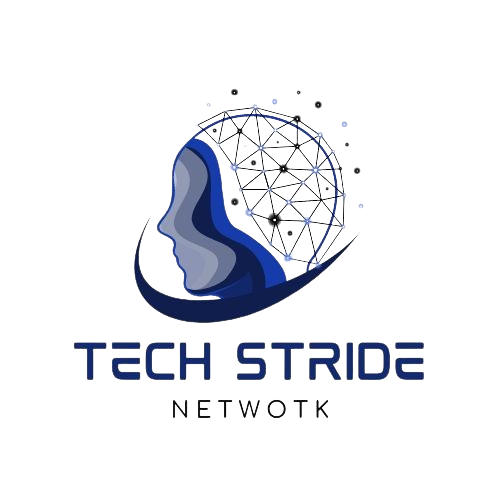Leak detection is a crucial skill that spans various industries and environments, from plumbing and engineering to environmental science and beyond. Whether you’re dealing with a minor household leak or a complex industrial system, mastering the art of leak detection requires a blend of technical knowledge, practical experience, and the right tools. In this comprehensive guide, we will delve into the principles, methods, and tools necessary to become proficient in detecting leaks effectively.
Understanding the Importance of Leak Detection
Leaks, whether in water pipes, gas lines, or industrial systems, can lead to significant consequences if not detected and repaired promptly. These consequences range from wasted resources and increased utility bills to environmental contamination, property damage, and even safety hazards. Mastering leak detection helps mitigate these risks by allowing early intervention and repair.
The Role of Experts
Experts in leak detection bring specialized knowledge, experience, and problem-solving skills to the table. They are trained to interpret data from various detection methods accurately and efficiently, offering invaluable leak detection services. These professionals understand the nuances of different systems and environments, enabling them to identify and resolve leaks swiftly. Moreover, experts play a crucial role in developing and implementing advanced leak detection technologies and methodologies, driving innovation in the field.
Principles of Leak Detection
- Pressure Variation Method: This method relies on creating pressure differentials across the system and monitoring for pressure drops that indicate a leak. It’s commonly used in plumbing and HVAC systems where pressure changes can pinpoint the location of a leak.
- Acoustic Detection: By using sensitive acoustic equipment, leaks emit distinct sounds that can be captured and analyzed. This method is effective for detecting leaks in pressurized systems such as water pipes and gas lines.
- Visual Inspection: Sometimes, leaks are visible through signs like water stains, mold growth, or even visible holes in pipes or tanks. Visual inspection remains a fundamental method, especially in household plumbing.
- Tracer Gases: In more complex industrial settings, tracer gases like helium or hydrogen are introduced into the system. Detectors then pinpoint the location of leaks by sensing the presence of these gases where they shouldn’t be.
Tools of the Trade
- Pressure Gauges: Essential for monitoring pressure changes in systems under test.
- Ultrasonic Detectors: Detects the high-frequency sound emitted by pressurized gases escaping from leaks.
- Infrared Thermometers: Useful for detecting temperature variations that could indicate leaks in HVAC systems.
- Dye Testing Kits: Commonly used in plumbing, where colored dyes are introduced into water systems to trace leaks visually.
- Gas Detectors: Specifically designed to detect and measure concentrations of various gases, crucial in industrial settings.
Techniques for Different Environments
- Household Plumbing:
- Visual Inspection: Check for wet spots, mold growth, or visible leaks.
- Pressure Testing: Shut off water to the house and monitor the water meter for any changes, indicating a leak.
- Dye Testing: Introduce dye into toilets or sinks to trace leaks in drains and pipes.
- Industrial Settings:
- Tracer Gas Detection: Introduce a tracer gas into the system and use detectors to pinpoint leaks.
- Pressure Decay Testing: Measure pressure changes in pressurized systems to identify leaks.
- Visual and Thermal Imaging: Use infrared cameras to detect temperature variations that indicate leaks in pipes and valves.
Challenges and Best Practices
- False Positives: Environmental factors or system nuances can sometimes mimic leak indications. Proper calibration and understanding of equipment limitations are crucial.
- Safety Considerations: Especially in gas leak detection, ensuring safety protocols are followed to avoid hazards to personnel and the environment.
- Regular Maintenance: Implementing routine leak detection as part of preventive maintenance protocols can mitigate risks and reduce repair costs over time.
Training and Certification
Proficiency in leak detection often requires formal training and certification, particularly in industries like plumbing, HVAC, and industrial maintenance. Courses cover theoretical knowledge, hands-on practice with equipment, and safety protocols to ensure accurate and safe leak detection practices.
The Future of Leak Detection
Advancements in technology continue to improve leak detection methods. From drone-based infrared imaging for large-scale industrial facilities to AI-driven analytics that predict potential leak locations based on historical data, the future promises more efficient and effective leak detection solutions.
Conclusion
Mastering the art of leak detection is both a science and an art, requiring a blend of technical knowledge, practical experience, and the right tools. Whether you’re a homeowner, a maintenance technician, or an environmental engineer, understanding the principles, employing the appropriate methods, and using the latest tools will ensure you can detect leaks accurately and mitigate their potential consequences effectively. By prioritizing leak detection, you not only save resources but also contribute to safety, sustainability, and the longevity of systems and infrastructure.

